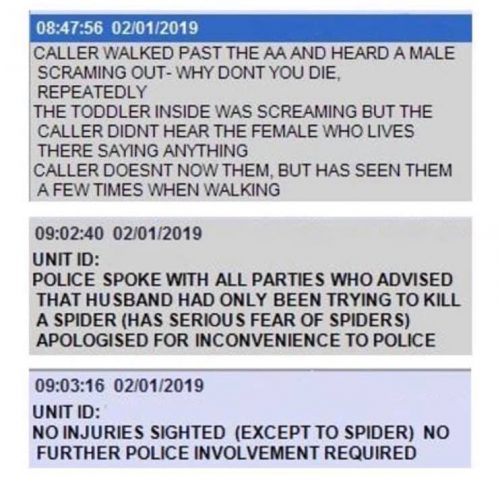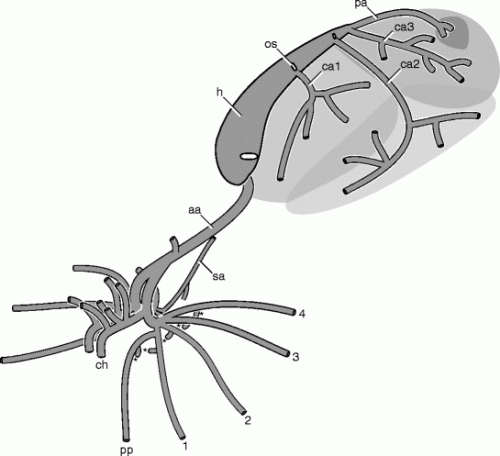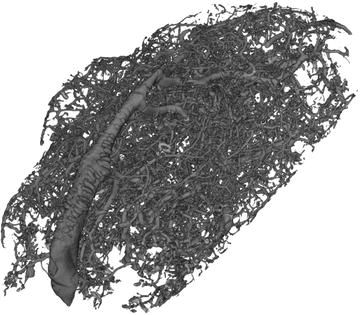Just a little bit. I tore open a tiny corner of the one egg sac I have right now, and it looks like a batch of fine healthy eggs, and then I quickly folded the bit of sac over it and restored it to the incubator. I’ve been maintaining moderate humidity for it, and it seems to be working.
Otherwise, while I’ve been waiting for the spiders to reproduce, I’ve been cleaning up my lab fairly thoroughly. I threw out stuff from 15 years ago today, and the benchtops are looking tidy, and I washed a mass of dirty glassware. I’ll have to give everyone a video tour once I’m done. It’s been surprisingly pleasant doing mundane tasks around the lab space lately.








